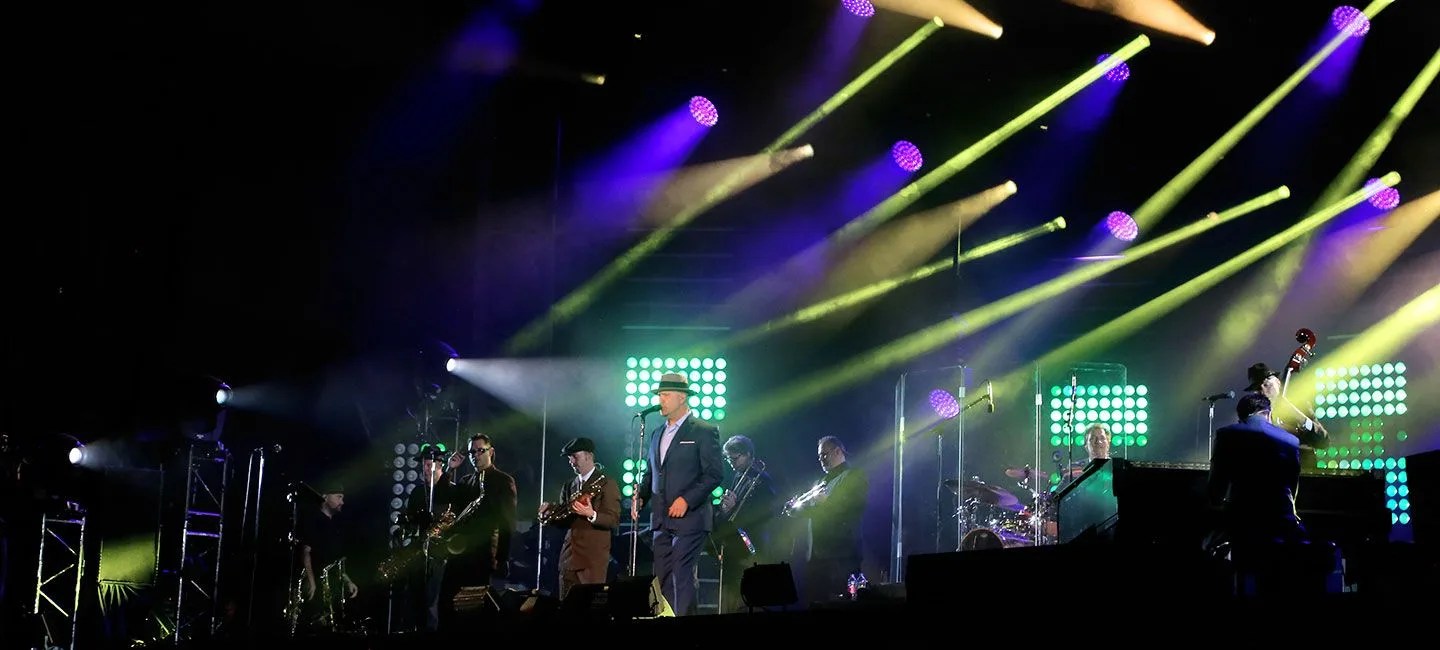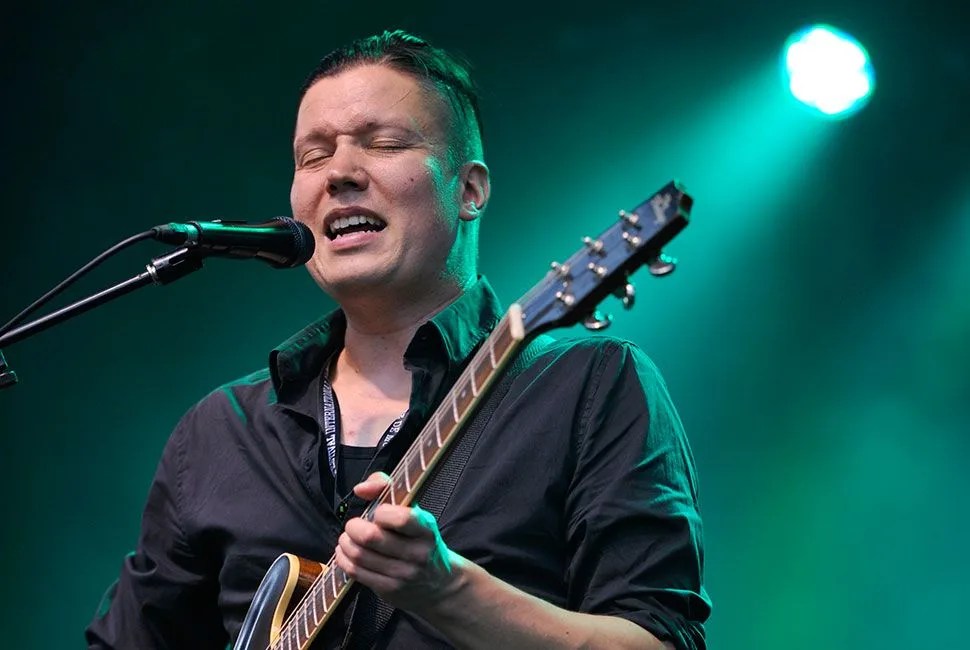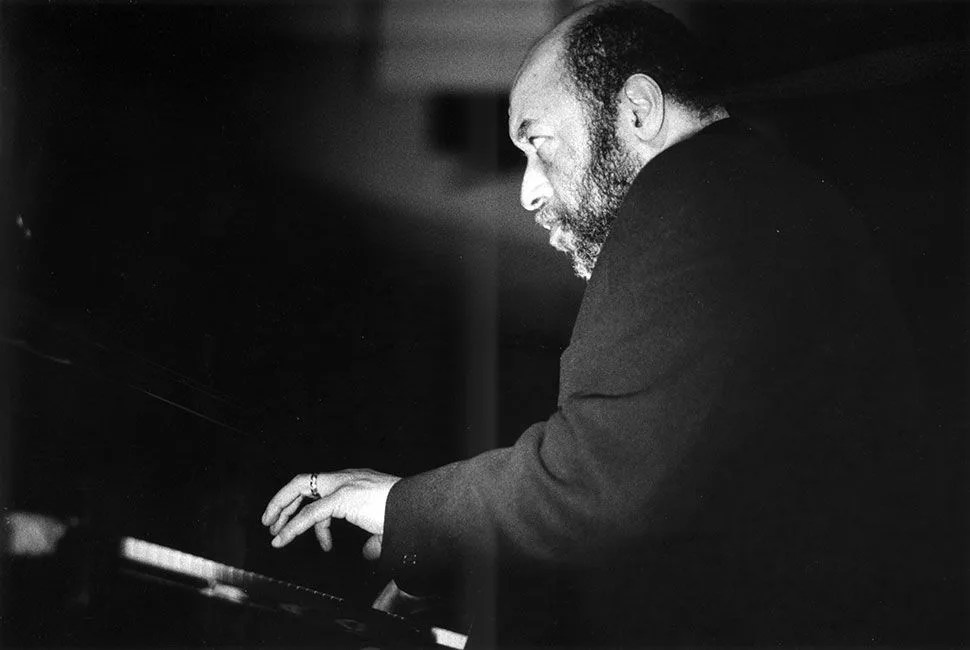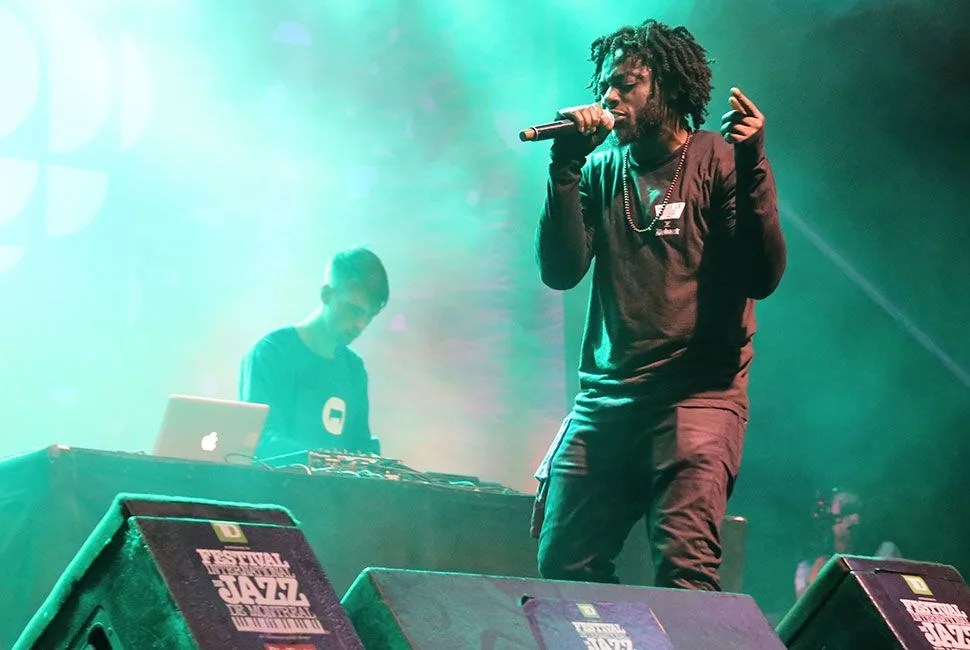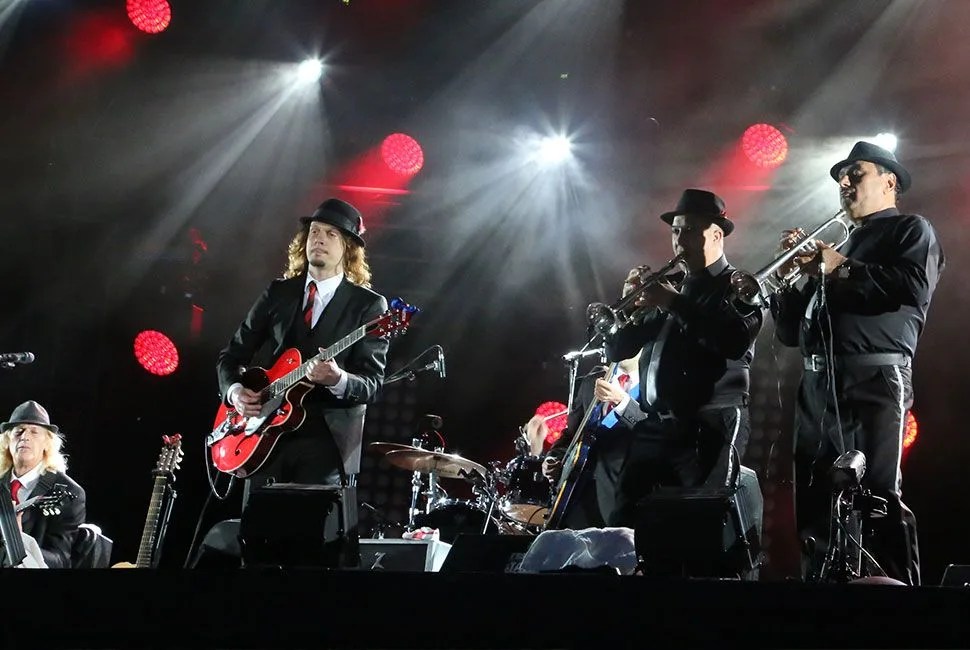“Jazz is always moving forward,” legendary pianist Kenny Barron said. “That’s the beauty of our music.” He was right. Because it isn’t tied down to specific instruments, song forms or settings, jazz has grown to encompass an incredibly diverse array of groups and musicians over the 20th century. Regional hotbeds — New Orleans, Kansas City, Chicago, New York — quickly developed unique styles and legendary performers, and as the decades passed, musicians forged new paths through the changing landscape. “They are expressing themselves in the only way they know how,” drummer Mark Guiliana said when performers in the 1970s seamlessly incorporated amplification, electronic instruments and elements of rock music into their recordings. “They’re just using the tools they’re presented with at that given time, but the most import thing is the artistic statement, as opposed to the tools.”
The diversity of the jazz world is openly displayed at the Montreal International Jazz Festival, a 10-day celebration of jazz featuring thousands of artists from over 30 countries in more that 650 concerts. The festival takes place in the heart of the city, with sprawling outdoor stages and intimate indoor venues, shutting down major streets and painting prominent buildings with light shows. Drawing an audience of millions — local families, European tourists, jazz lovers from the States — the festival has programming that is wide in scope, but refined in taste. It’s the portrait of jazz in 2016: the legends have headlining concerts, up-and-coming international artists play on outdoor stages and musicians tangentially related to jazz widen the age demographic. Through the evening concerts, the Place des Arts buzzes with a diverse crowd of people, and after the festival’s concerts end for the night, crowds move to small bars and clubs to listen to Montreal’s local jazz talent late into the night.
“The cross-section of artists they bring in is second to none,” said guitarist Adrian Raso, backstage after headlining the outdoor main stage. And though contemporary jazz artists can, at times, seem worlds away from the genre’s roots, they are firmly rooted in the genre’s tenets: experimentation, improvisation, the fusion of influences.
In the world we live in — filled with a constant bombardment of information, talking heads pinning one side against another, rampant injustice, shrinking attention spans — it’s of dire importance that artists continue to make powerful musical statements. You could easily make the argument that jazz music’s diverse and compelling perspectives today are some of the music world’s best reminders of our humanity. Just ask the performers of the 2016 Montreal Jazz Festival.
Ben Jaffe
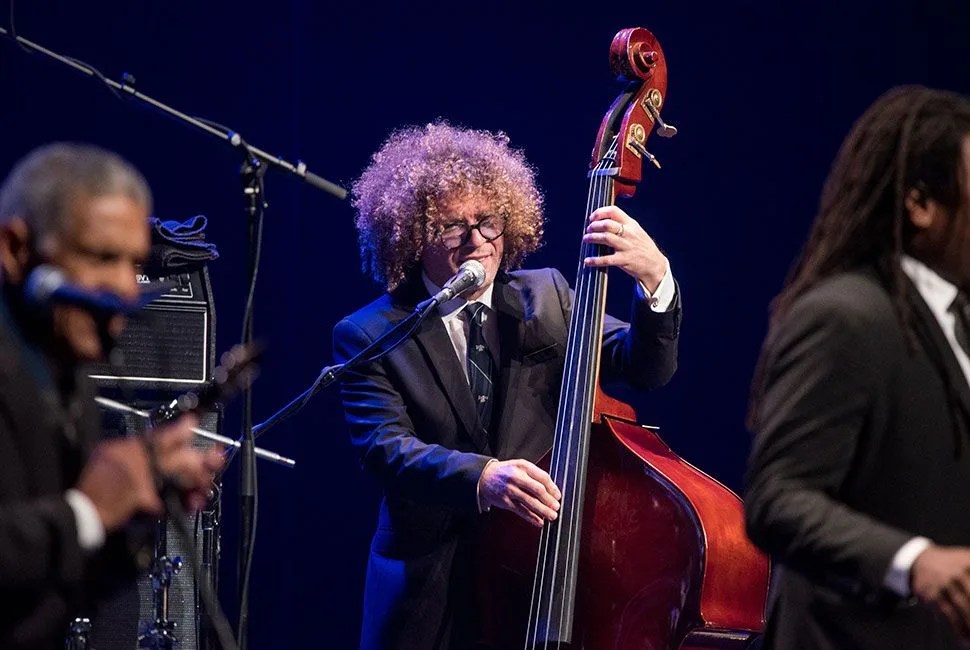
The creative director of the Preservation Hall Jazz Band, Ben Jaffe grew up in New Orleans’ French Quarter. The son of the Preservation Hall’s original founders, Jaffe was immersed in the musical culture of New Orleans from a young age. After attending Oberlin College for a degree in music, Jaffe returned to Louisiana to lead the band into the new millennium.
